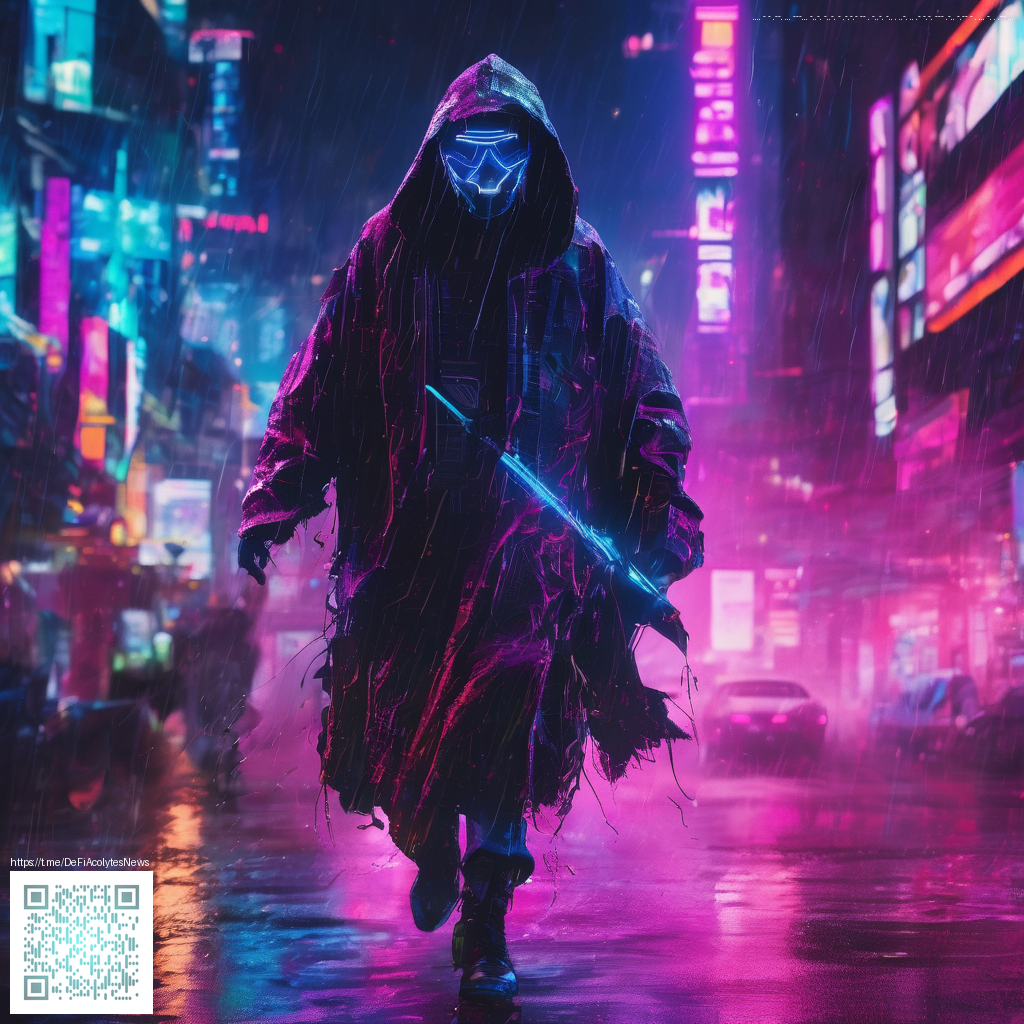
Visual Evolution Journey from Arcade Sprite to Modern Lighting
The reveal of a long running arcade favorite often centers on its bold personality and the crisp immediacy of its visuals. Early iterations relied on vibrant sprite work that withstood the test of time because it captured the spirit of the court in a compact, easy to read silhouette. The look was unmistakably arcade bold, with oversized players, punchy colors, and animations that sold the feel of a high energy moment even when the hardware constrained detail. For many fans, that first glance is inseparable from the swagger of air dunks and exaggerated celebrations that defined the era.
As the years rolled forward the visuals began to shift from flat sprite sheets to more dynamic interpretations of players and arenas. The shift was not just about higher polygon counts it was about how lighting, texture, and camera work could convey scale and spectacle without losing the game’s unmistakable rhythm. Court surfaces gained texture, uniforms picked up subtle folds and wear, and the crowds became a living backdrop that amplified the cadence of a fast break. The result was a presentation that kept the arcade energy while embracing new tech that allowed players to pop off the screen with a sense of presence.
From 2D to 3D and the rise of new lighting languages
During the later stages of the 2000s and into the 2010s the frontier moved from 2D sprite artistry toward polygon based models and more complex lighting. Modern pipelines brought motion capture to player movement, smoother skin and fabric shading, and dynamic shadows that followed the action in more believable ways. Even when the engine embraced realism, developers preserved the game’s core aesthetic by prioritizing readability and edge personality. This balance kept the fast pace intact while letting audiences appreciate the craft behind each dunk sequence and each leap into the air.
Remasters and reimaginings pressed the advantages of contemporary hardware while revisiting the soul of the original. Higher resolutions and refined textures gave players clearer silhouettes at the moment of impact, yet the iconic exaggeration of screens filling with energy and on screen flair remained. In practice, the evolution felt like a conversation between retro charm and modern craft, where the signature vibe did not fracture under new lighting or shading techniques. 💠꩜
Community insights and the culture of fan driven refinement
Fans have become a powerful force in shaping how these titles age. Modding communities explore shader tweaks that push the polish in ways developers sometimes cannot, offering CRT emulation vibes or hyper realistic court textures that still honor the gameplay’s tempo. Texture packs, shader mods, and emulator tweaks demonstrate a shared love for keeping the visuals fresh while preserving the immediacy that makes arcade racing for the eyes so compelling. The conversation often centers on what is gained and what is kept when updating a classic look, and the verdict from players is typically enthusiastic about the balance of nostalgia and modern clarity.
Community voices emphasize that a successful visual evolution honors the rhythm of play. When lighting, animation, and asset quality align with the game’s fast pace, players feel that the on court magic remains intact while the presentation earns a new sense of sheen.
From an update perspective the industry has shown that improvements can arrive in waves. Official patches and ports patch the line between faithful recreation and fresh presentation, ensuring that new audiences experience the same magnetic pull that early players felt when the game first lit up cabinets and living room TVs alike. The conversation continues to evolve as new hardware brings new canvas options, always with the aim of keeping the slam dunk moments instantly recognizable and deeply satisfying.
For anyone curious about how far visuals have come, the throughline is simple yet powerful: the core animation and timing remain king, while lighting, shading, and texture fidelity extend the moment of impact without muting the game’s tempo. That is the heartbeat of the progression from reveal to modern eras, a story told not just in frames per second but in the way players leap and land with confidence on every arc of the court. 👁️
If you love digging into the craft behind the upgrade, keep an eye on official notes, community threads, and fan made showcases. The best visuals live where design discipline meets player intuition, and that is where the best arcade legacies endure.
Support a Decentralized Internet